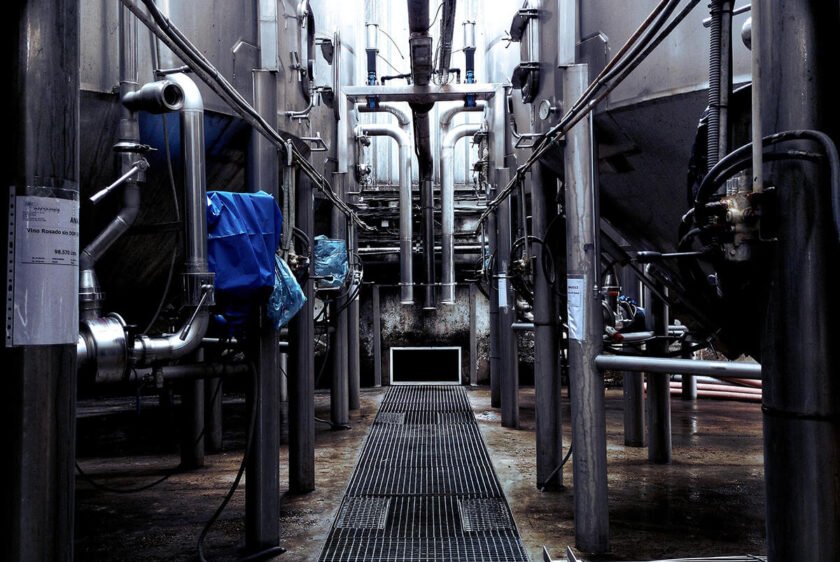


2, 6 Dibromo Para Nitro Aniline (2, 6 DBPNA)
2,6-Dibromo-4-nitroaniline has been used in the synthesis of: blue disperse dyes[1] 7-bromo-5-iodo-4-oxo-1,4-dihydroquinoline-2-carboxylic acid[2] diphenols-amides such as N-(2,6-dibromo-4-nitrophenyl)-4,4-bis(4-hydroxyphenyl)-pentanamide and N-(2,6-diiodo-4-nitrophenyl)-4,4-bis(4-hydroxyphenyl)-pentanamide[3]
6-Chloro-2, 4-Dinitroaniline
Its chemical name is 6-Chloro-2,4-dinitroaniline. The CAS Number of 6-Chloro-2,4-dinitroaniline (6C24DNA) is 3531-19-9 and its chemical formula is C6H4ClN3O4. The most common end use is Dyes .
2,4 Dinitro Aniline (2,4 DNA)
2,4-Dinitroaniline is a chemical compound with a formula of C₆H₅N₃O₄. It is used as an explosive and as a reagent to detect and characterize aldehydes and ketones.
Sodium Acetate Anhydrous
Sodium acetate, CH₃COONa, also abbreviated NaOAc, is the sodium salt of acetic acid. This colorless deliquescent salt has a wide range of uses.
Sodium Acetate Trihydrate
Sodium acetate trihydrate is a hydrate. It contains a sodium acetate. ChEBI. The trihydrate sodium salt of acetic acid, which is used as a source of sodium ions in solutions for dialysis and as a systemic and urinary alkalizer, diuretic, and expectorant.
